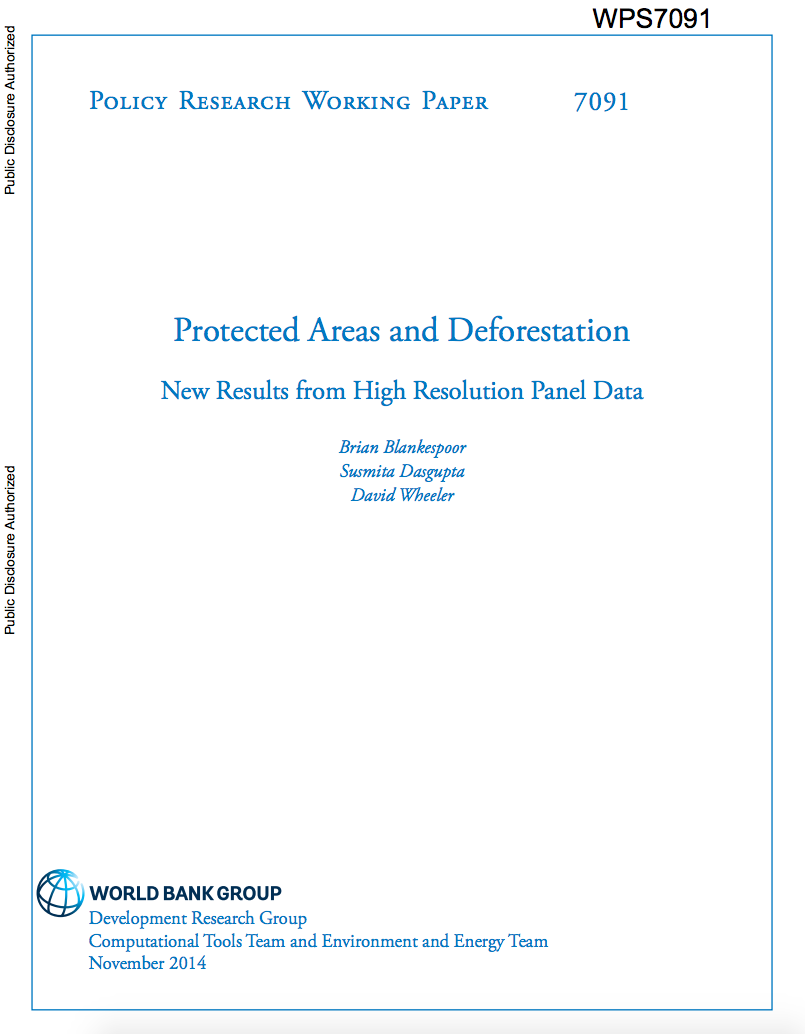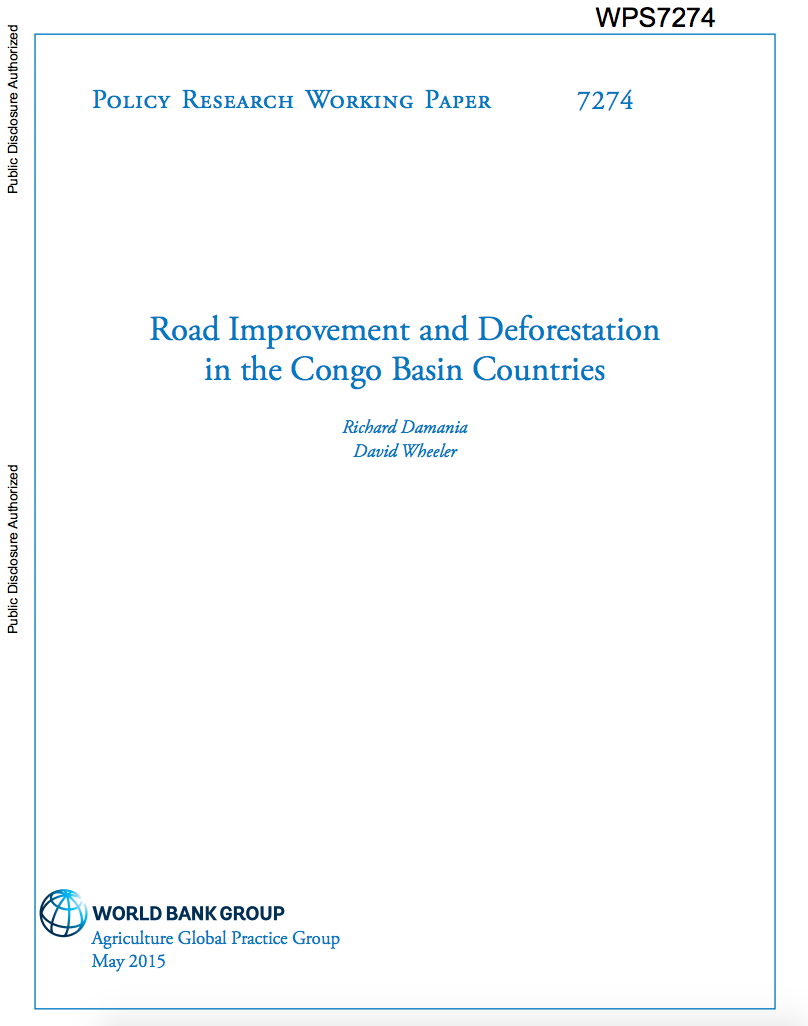Impacts of Climate Change on Brazilian Agriculture
This report evaluates the requirements
for an assessment of climate change impacts on agriculture
to guide policy makers on investment priorities and phasing.
Because agriculture is vital for national food security and
is a strong contributor to Brazil's GDP growth, there
is growing concern that Brazilian agriculture is
increasingly vulnerable to climate variability and change.
To meet national development, food security, climate



